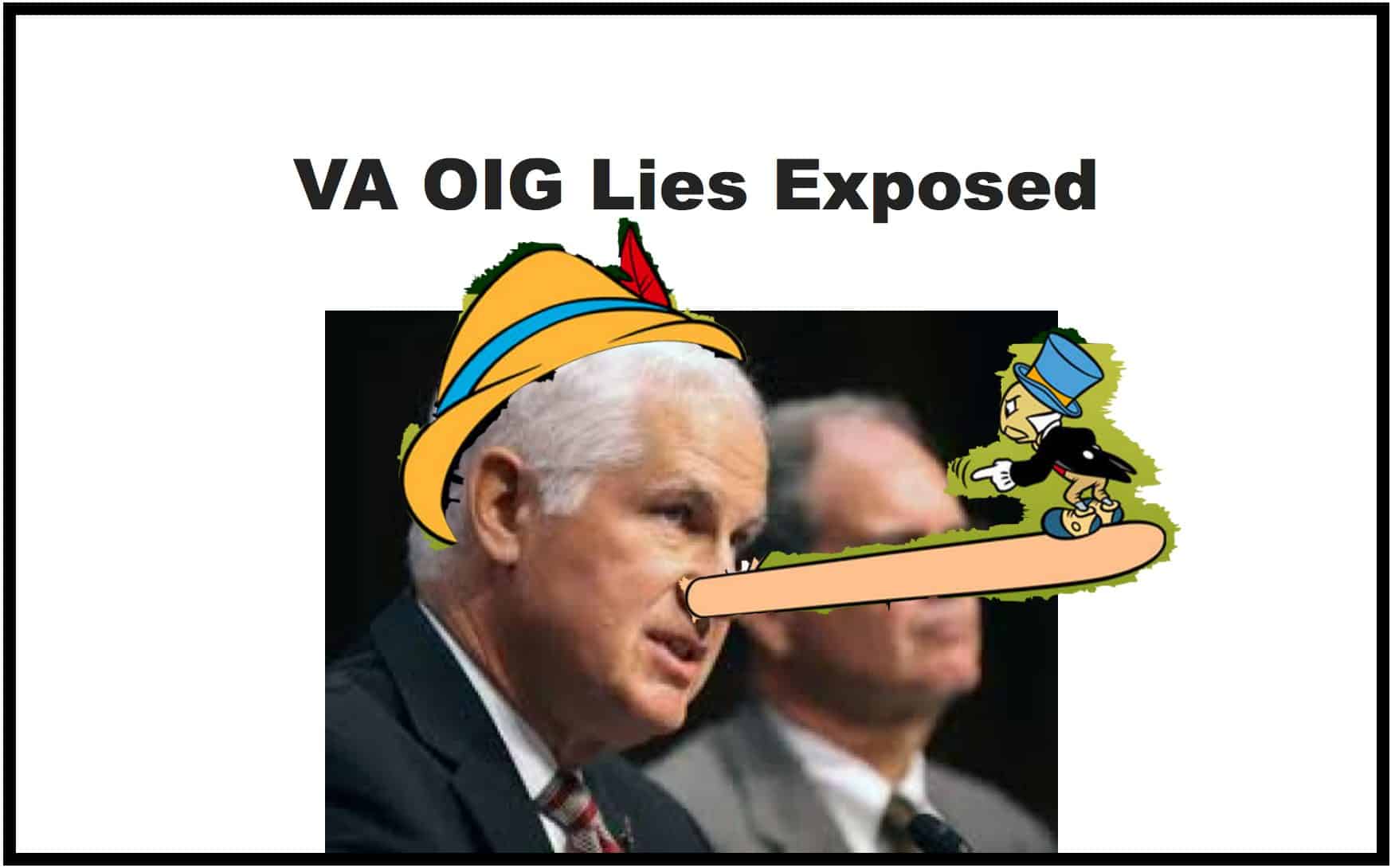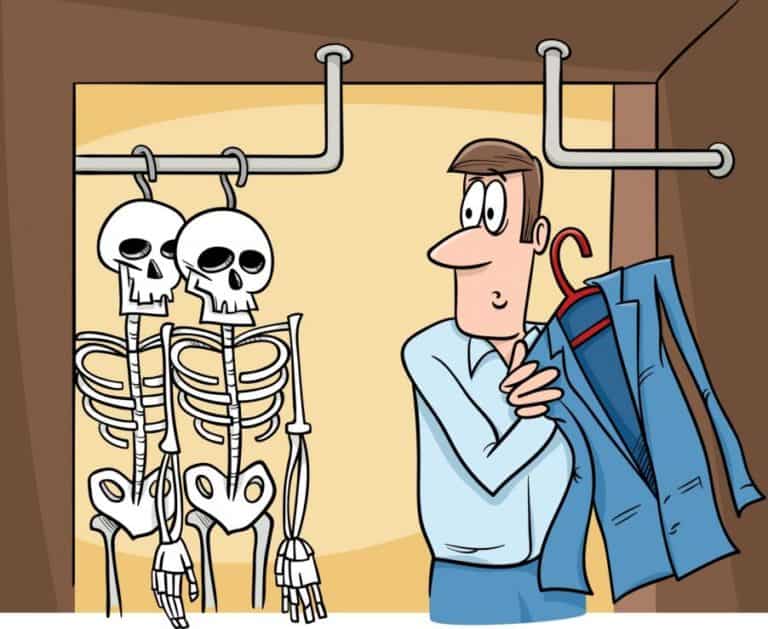VA Plans to Cut 10,000 Jobs This Year, Mainly from Medical Sites
The U.S. Department of Veterans Affairs is setting a new course aimed at refining its operational efficiency through a considered strategy of workforce reduction. The plan, set to unfold by 2025, involves trimming approximately 10,000 full-time positions, predominantly from medical sectors. This initiative follows a period of accelerated growth, which saw the VA’s staff swell to over 458,000 employees, the highest figure in its history. This expansion, incorporating more than 82,000 new hires since 2019, was originally intended to bolster veteran services and improve care standards.
Strategic Staffing Adjustments
Laura Duke, the Veterans Health Administration’s Chief Financial Officer, outlines this move as a step towards balancing the agency’s recent growth spurt. With a focus on sustainability, these adjustments aim to recalibrate staffing to match the actual service needs without undermining the quality of veteran care. Approximately 2% of the VA’s workforce faces downsizing, with a particular focus on areas where staff redundancies have emerged, mainly due to lower-than-expected retirement and departure rates.
Maintaining Core Services Amid Cuts
Despite the workforce reduction, VA leaders reassure that the essential services veterans rely on will remain intact. The department is committed to sustaining, and even enhancing, critical care areas, notably mental health services. This reorganization aims to redirect resources more efficiently, ensuring that veteran care services are not only maintained but optimized for greater effectiveness and accessibility.
Amid these organizational changes, the White House has proposed a significant increase in funding for Veterans Affairs. The budget request for the next fiscal year amounts to $369.3 billion, marking a 13% increase from the current year’s levels. This boost predominantly addresses mandatory spending areas, including veterans’ disability benefits and medical services, reflecting a continued commitment to supporting the veteran population.
Streamlining for Fiscal Responsibility
In addition to the targeted adjustments in medical staff, the VA is set to streamline its administrative sector by eliminating 104 positions from its general administration offices. This move is part of an overarching strategy to cut management costs by approximately 4% in the next fiscal year. Highlighting the majority of these positions as currently vacant, Jon Rychalski, VA Assistant Secretary for Management, points to this as a testament to the VA’s dedication to fiscal responsibility and operational efficiency.
Looking Ahead: The Impact on Veteran Services
As the VA embarks on these strategic reductions, the veteran community watches closely. The primary aim of these changes, as articulated by department officials, is to align staffing more accurately with the needs of veterans, ensuring that resources are deployed where most needed to facilitate better care and support. This approach suggests a shift towards a more dynamic, needs-based allocation of resources, which could, in theory, lead to improved service delivery and more personalized care for veterans.
A Commitment to Service Quality
The VA’s job reduction initiative marks a critical juncture in its ongoing efforts to enhance service delivery for America’s veterans. While the move is primarily aimed at optimizing efficiency and reallocating resources, the paramount concern remains the welfare and satisfaction of the veterans served. As the department navigates these changes, maintaining a careful balance between operational efficiency and the accessibility of high-quality veteran services will be essential.
In conclusion, the Department of Veterans Affairs faces a significant challenge in implementing these workforce reductions without compromising the quality of care provided to veterans. The success of this initiative will depend on the VA’s ability to realign its resources thoughtfully, ensuring that every veteran continues to receive the support and care they deserve. As these plans unfold, the veteran community will undoubtedly keep a watchful eye on the outcomes, advocating for transparency, efficiency, and, above all, the well-being of those who have served.
Frequently Asked Questions
Why is the VA reducing its workforce?
The VA is reducing its workforce to optimize operational efficiency and realign its resources with the actual needs of the veteran community. This decision follows a period of significant expansion, where the workforce grew to an all-time high, surpassing the immediate needs of the services provided. The reduction aims to streamline operations, focusing on critical areas such as mental health, while maintaining the quality of care for veterans.
How many jobs will be cut, and from where?
Approximately 10,000 full-time positions will be cut by the year 2025. The majority of these reductions will occur in medical facilities, particularly in areas where recent retirements and departures were lower than expected. Additionally, 104 positions will be eliminated from the general administration offices as part of an initiative to reduce management costs and enhance organizational efficiency.
Will these job cuts affect the quality of veteran care?
The VA asserts that the quality of veteran care will not be compromised due to these job cuts. The reductions are strategically planned to ensure that essential services, especially in critical care areas like mental health, are not only maintained but also optimized. The VA is committed to reallocating resources and adjusting staffing levels to meet the actual demand for services.
What measures are in place to ensure that essential services are not affected?
The VA is implementing a strategic approach to ensure that essential services remain unaffected. This includes conducting a detailed analysis of service demand across different regions and specialties, focusing on areas with the highest needs, and reallocating resources accordingly. The aim is to ensure that staffing levels in high-priority areas are maintained or even enhanced to meet the needs of veterans effectively.
How will the VA determine which positions to eliminate or reduce?
The VA is conducting a comprehensive review of its current workforce in relation to service demand and projected needs. This process involves assessing staffing levels across all areas, with a particular focus on reducing positions in areas where there are operational efficiencies to be gained. The aim is to ensure that reductions are made in a manner that supports the VA’s mission and maintains high standards of care for veterans.





As screwed up as DC is these days I am totally skeptical of of what they are saying about how cutting 10,000 jobs have been completely scrutinized and analyzed by the top VA officers AND congress and the cuts will make the VA more efficient.
It never has been the case that appropriate funding of the VA is a top priority. A 13% budget increase and cutting 10,000 jobs is a smoke and mirrors act. There is no way that cutting 10,000 jobs can’t have a detrimental impact of the VA operating efficiency.
If the US wants to be more efficient then start with with the billions of dollars we dole out to foreign countries every year, and I’m not including the aid to others war effort although the UN needs to pony up more money to that cause.
One mistake that has been made is the realization that over 200,000 troops served in Viet Nam and they would be depending on the VA for their well being at some point and I’m one of them.
Untold thousands of troops that were exposed to Agent Orange are just beginning to experience the effects.
There should be an ammendment to the constitution that requires all proposed politicians serve in the military. And depending on what level of politics you want to be in then the higher positions must have a combat experience record. See how they would like that.
We would make consessions for those that left flesh and blood in Viet Nam and has been crippled for life. You can bet that there won’t be that many who qualify.
In the end the politicians state how much they appreciate those who have served and those that gave their lives mbut it is easy to see that it is just the politically correct thing to do and Im sure there are vets that fall for that line of BS and continue to vote for reelection of the career politicians.
That’s a relief they say it won’t affect quality care especially with the giant influx coming of Veterans. The VA Leadership are really smart. I was getting worried.
So, the VA, by their own admission, lost thousands of medical care workers during, and shortly after the pandemic. Now the VA wants Veterans to believe these lost medical staff members were all replaced to the point it now has a surplus that need to be eliminated? Could have fooled me based upon the two VAMC facilities I use. They have shortages in every department and cannot seem to hire anyone for the many positions that are open. One primary care doctor at one of the facilities finally decided to retire after he was told his case load would go from 800 patients to 1500!
Now, some people may disagree with me, I really could not care less about the politics, but the best years I experienced with the VA was during President Obama’s administration…and I’ve been in the VAMC system since June 16, 1969.
Yep me too. Under Obama it wasn’t bad but it’s just an unstable system in general. Too bad we can’t get rid of it. I hate to think one day I’ll die and the VA will still exist.
Mental health care worker at the VA said that Christianity was a mental health illness so I gave it up. I’m serious. That was my problem. I believed in God and heaven. They prescribed me antipsychotics and counseled me about my delusions and now I’ve not had to return to VA for any mental health reasons. Haven’t gone in for years.
Hit or miss?
I asked for a Dental Appointment last fall of 2023 to get a mouth guard. They wanted to give me an appointment for August of 2024. I asked for community care and did not hear back for a CC appointment. Followed up in Dec and again in Jan 2024. Nothing again. In March 2024 follow up (4th try) they got me in to CC and 1 week later it was done.
Now they want to cut 10k jobs? Senseless!!
In 2019, I seen them offering acupuncture groups as an alternative to pain medication and surgery..the first of course “could lead” to addiction so they don’t do that. The second, they refuse to pay for. So they get a group of guys together every few weeks and stick pins in their ears. Just pathetic. They hire a bunch of people instead of do surgery on these fucked up guys. What’s the point in making a bunch of people rot away in pain for 15 years and THEN do surgery on them instead of just get it done so they can live a productive life? And these aren’t worthless people. I’m talking people with degrees, and jobs, and families. The VA is a scam and you will hit a wall in there at some point in time regardless of your condition. It’s a dead end system. Basically, if you’re dying, they MIGHT help. That’s the rule of thumb. All the other stuff is just a theater production and them putting on an act like they’re doing something. All this supposed new money they get doesn’t translate to more care. Denial of care still the rule and not the exception.
The VA, ( verifiable assholes ) they cannot hold on to medical people from start one, doctors leave, nurses leave the assholes remain, that should tell you what is going on. The 10,000 positions reduction should start at the Secretary of the VA and continue downward the administrative people, untll a reduction of 10,000 eliminations is reached. Has no one got the picture yet the insane idiots, the inmates are running the asylum called the VA. This is only the beginning of what Biden has plans to extend throughout, permitting the inmates to remain to run the total asylum called the United States Government
Defunding VA Mental Health and 33 years of failed PTSD Drug Research (H.R. 841) would save lives and 1/2 billion tax dollars annually. (2022)
Ref: 110th and 111th Congressional Hearings